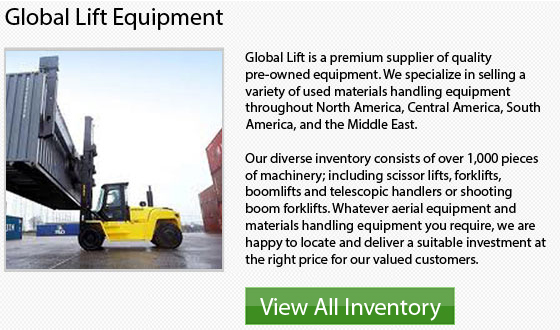
Skills of a Stand Up Forklift Operator
The forklift or powered industrial truck is a heavy duty machinery found in almost every factory and warehouse. These tough and reliable machinery can lift and move heavy items that are not able to lift manually. There is some particular training complete so as to be able to safely use a forklift. Nearly all employers prefer a degree in high school. As the forklift is a heavy piece of machinery it could be dangerous if not correctly handled, thus, the skills of the driver are extremely important.
Good Judgment
The forklift operator has to have good judgment so as to estimate the weight of a load. They have to be able to judge the height and width of the cargo so as to ensure that it will fit in a designed area. It is very vital to have good judgement in order to negotiate tight turns and move the forklift around obstacles in order to be able to competently drive the equipment in reverse.
Reflexes and Concentration
Driver skills that come in handy are good hand-eye coordination and quick reflexes. For example, if a stack of objects in a pallet or load is off balance and about to fall, the driver should be able to respond quickly and try to rectify the issue. In order to prevent mishaps, a high level of concentration is needed when using and working in the vicinity of these machines.
Adaptability
Depending upon the job, one of the top skills of a forklift operator is to be able to adapt to their specific work setting. Depending upon each task, this may change on a continuous basis. Some forklift jobs need operators to be exposed to damaging materials, dangerous machinery, odors, loud noises or fumes. Warehouses and work atmosphere can be busy places. The forklift driver should be able to keep an eye toward safety and a cool head overall. In addition, numerous forklift tasks require being outdoors to transport items or unload goods; therefore, the driver should be prepared at the possibility of working in bad weather.
Machine Maintenance
Drivers must be able to follow directions and understand how heavy equipment works. Operators have to learn how to double check an Occupational Safety and Health Administration safety checklist and can guarantee that the lights, the steering, the horn, the brakes and the forks, along with other components are working at an optimal level.
The driver of the forklift should also be able to properly maintain the forklift and have to know when something is not working properly. An important part of forklift truck training is also being able to explain equipment issues to mechanics.